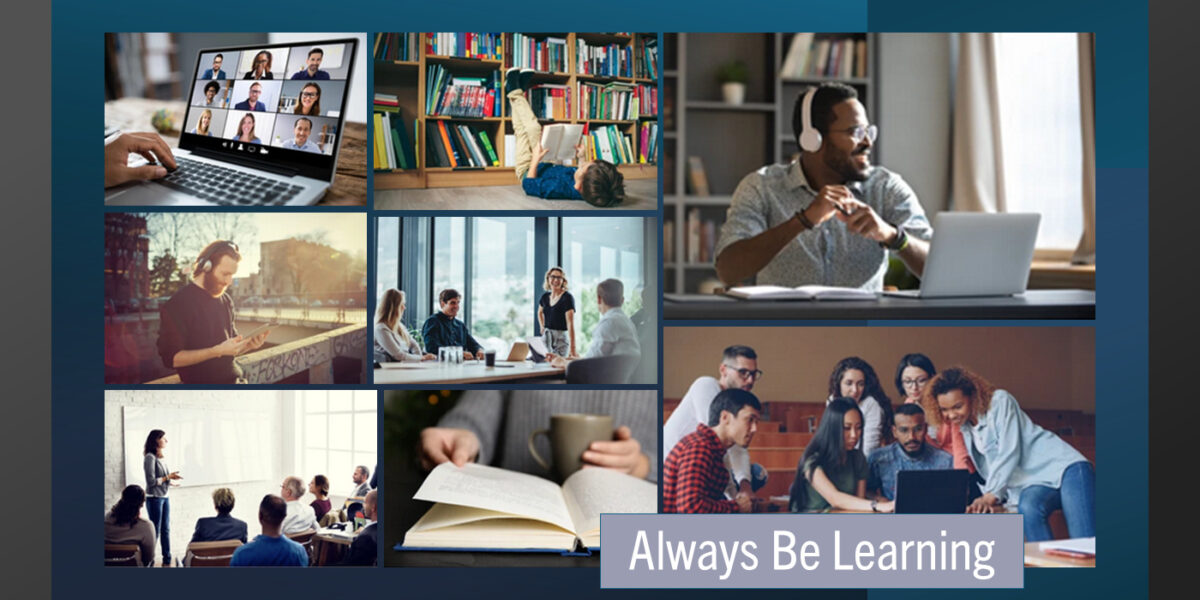When the Windows tablets were first introduced, I felt that Microsoft was just trying to get a piece of the IOS / Android tablet markets. The initial operating system they offered was a “Home Edition” – not fully compatible with your office PC – but available for a lower (more competitive) cost.
It didn’t take long for things to evolve. Today there is a full array of “tablet style” Windows options – including ones that support the “full” Windows 10 Pro (what you use at work). These options brought those strong features 10 Professional has in processing/data, network /security options and more. So those lower cost Windows tablets at Wal-Mart or Best Buy now have the updated option for Windows 10 Pro – and all of the benefits that a device like that can bring.
It may seem like I’m oddly focused on mobile devices. Maybe I am. After all, HL Group has been involved with mobile devices and AIT (Automated Identification Technologies) our entire existence. All of our assets, warehousing and supply chain solutions leverage bar codes, RFID, etc. to capture data for our solutions. Mobile devices on the edge (where the capture happens) enable the timely and accurate gathering of that data.
We’ve been using mobile devices back before there were smart phones and tablets. Those were generally referred to as industrial handheld computers.
Those handheld devices consisted of a computer, a scanner and data storage in a hardened enclosure. In most cases, they were dedicated for use with our AIT applications. While extremely reliable and a perfect fit for our work, they also limited the addition of other applications – and they were costly. For some time, HL Group had been looking for alternatives to these devices to use with our solutions.
This alternative mobile device search included all of the current thinking of just using our smart phones and tablets – everybody already has them, right? But because of the structure of our solution – and that of IOS and the Android O/S – it would require a re-write of our assetsPLUS application (the driving application for this search).
This re-write would include additional challenges not normally associated with a smart phone and tablet application that typically relies on being connected to a network. Our assetsPLUS mobile inventory application often operates in environments where network availability is either not available or even allowed. This disconnection results in increases in the number of local processes and databases that need to exist on the device. Unfortunately, these were not strong options on the IOS and Android devices.
The introduction of Microsoft’s Windows 10 resulted in a strong adoption by some industry tablet manufactures (HP, Dell, Microsoft, etc.) to include the full 10 Professional edition of the O/S. They made this Windows 10 Pro option available on a number of tablet sizes (7”-11”) and optional hardened cases. This provided HL Group with an alternative to the traditional industrial handheld.
Initially, these new Windows tablets required the addition of a tethered or Bluetooth connected scanner (bar code or RFID) for capture. Now some of industrial tablet manufactures (Getac, Juniper, etc.) have integrated a 2D bar code scanner and UHF RFID interrogator into their hardened devices. This is definitely a win for the Users.
It’s always our client’s needs and environments that drive our device recommendations. And there are definitely those where industrial handheld from Honeywell or Zebra are a better fit for some or all of their staff.
But more and more clients would prefer a Windows tablet with 10 Professional (where it works) for a number of reasons:
- It’s the same platform as their laptops and desktop PC.s simplifying things for training, support, etc.
- Because it is the same environment as their desktops and laptops, Windows 10 devices can leverage the existing policies and procedures for network and data security.
- The assetsPLUS application can co-exist with other applications allowing for greater flexibility in the tablet use.
- Tablets can cost substantially less – and that cost can be shared across many other functional requirements.
The Windows tablet has allowed HL Group to fill a gap in the options we could offer our clients – resulting in a better price/performance of the assetsPLUS solution. We are now able to provide this solution across all the platforms (Windows Mobile, Windows 10 Professional and (in Q2/2018) Android) with the same user interface and common web service.
Again, maybe I am oddly focused on mobile devices. But when options like this become available for our clients – and make their lives easier – than I’m a happy man.
Have you run into device challenges with your solutions? Let’s talk.




